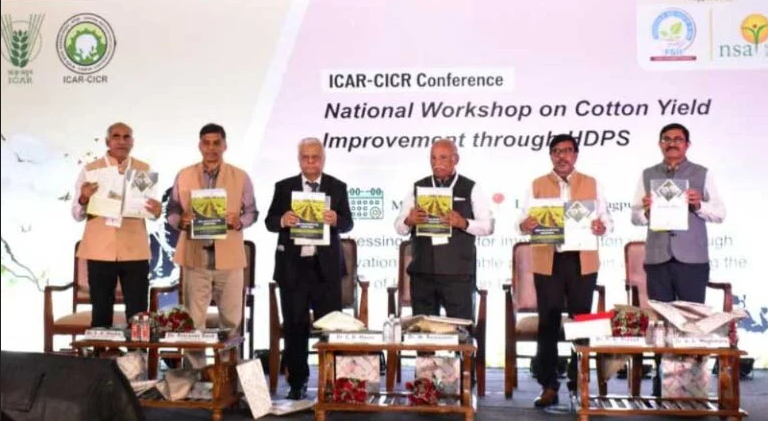India promotes high-density planting to boost cotton yields

India, with 12 million hectares under cotton cultivation, struggles with low yields compared to countries like the US, Brazil, and Australia, which leverage biotechnology and precision agronomy. Maharashtra, a key producer with 4 million hectares, has faced stagnant productivity, prompting experts to push for science-driven solutions.
At the ICAR National Workshop on Cotton Yield Improvement through HDPS in Nagpur, experts emphasized the adoption of the High-Density Planting System (HDPS). This method increases plant population per acre, supports mechanization, reduces labour costs, and enhances yields by 30-50 per cent. Maharashtra has 16,000 acres under HDPS, involving 6,664 farmers through a Public-Private Partnership (PPP) initiative led by CICR, private seed companies, and government ministries. A central government incentive of Rs 16,000 per hectare has further encouraged adoption.
Experts highlighted the need for next-generation cotton varieties to combat evolving pest resistance, with calls to integrate global innovations in pest management. Maharashtra’s Technical Textile Mission (MTTM) also aims to strengthen the cotton value chain.
With government support and industry collaboration, HDPS is expected to modernize India’s cotton sector, improve fibre quality, and make cotton farming more competitive globally.
